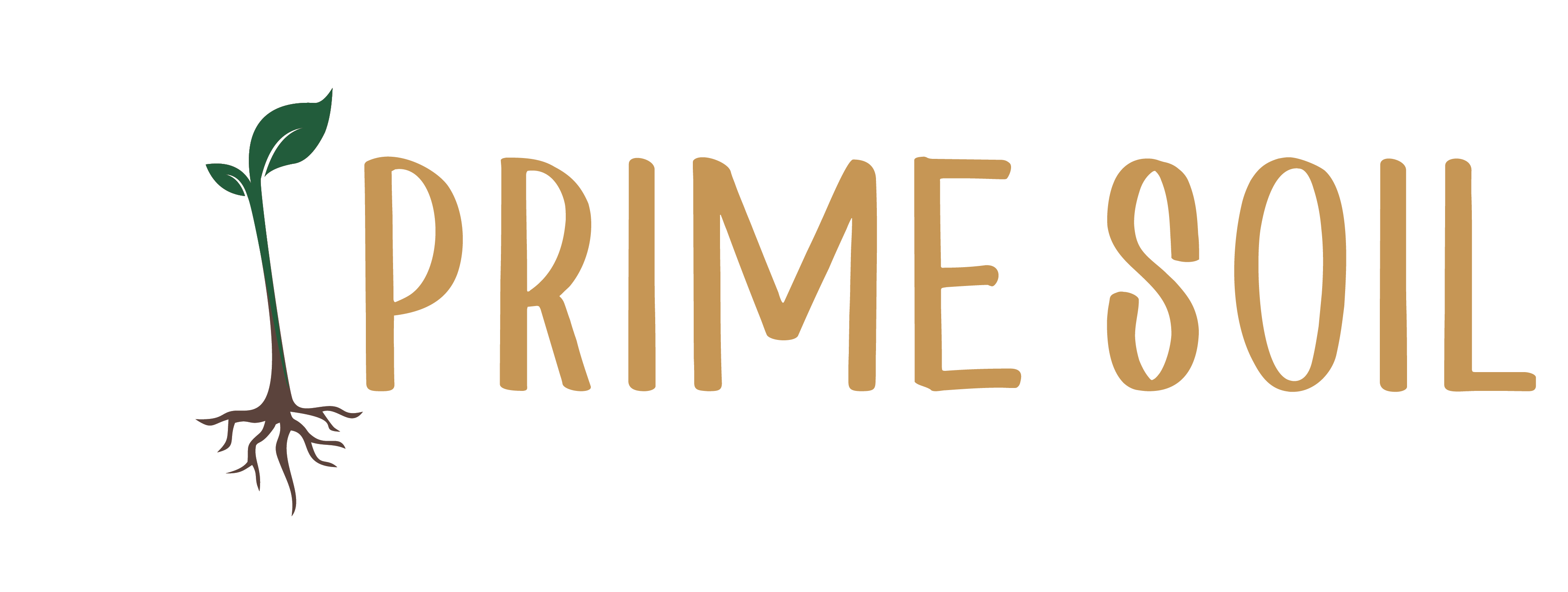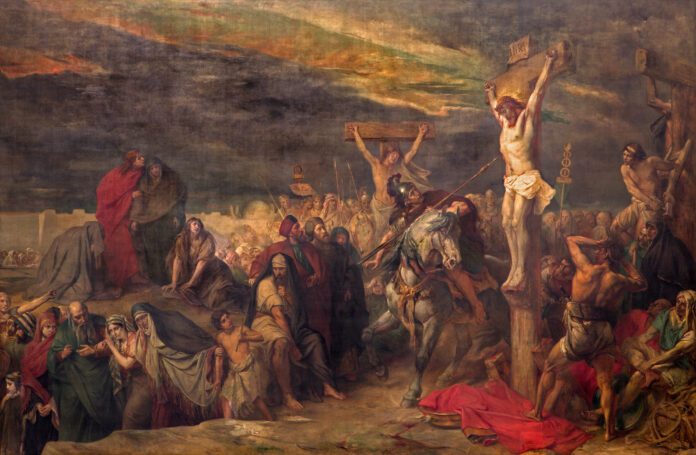After Jesus institutes the Eucharist at the last supper as the New Covenant so that sins may be forgiven, He enters into the sacrifice that would be the atonement for the sins of the world and the doorway into the eternal life of the Trinity. Jesus’ passion can be broken down into three ‘arenas’: spiritual suffering, emotional suffering, and physical suffering. Jesus enters each of these ‘arenas’ of suffering because for our sake he made him to be sin who knew no sin, so that in him we might become the righteousness of God. (2 Corinthians 5:21).
The ‘arena’ of Jesus’ suffering was predominantly spiritual as He entered the temptation in the Garden of Gethsemane. As He told Peter, James, and John, the Spirit is indeed willing, but the flesh is weak (Matthew 26:41). He asked for the cup to pass if possible, but above all the will of the Father was to be done. So He endured the garden temptation and entered into the second ‘arena,’ emotional suffering. Judas’ betrayal, the Apostles’ desertion, and Peter’s denial led to Jesus feeling rejected and abandoned by those who were closest to Him. In addition, those
in charge of giving justice to Jesus failed to give Him the dignity of a human being. Trumped up charges came from the Jewish religious leaders, indifference for His life came from Herod, Pilate was too concerned about politics to give Jesus justice, and finally the crowd who had welcomed Him as king just days previous, rejected Him, preferring a murderer to be set free in His place. At every step of the way, Jesus could have been saved from His passion, yet at every step of the way, Jesus experienced rejection.
Finally, the third ‘arena’ of suffering was the physical abuse Jesus experienced. He was hit and spit on by the temple guards, Pilate had Him flogged, and He was beaten and crowned with thorns by the Roman guards. All of this in preparation of taking up His heavy, rough wooden cross that dug into His open wounds as He walked about a mile of hilly, rocky terrain to the place of His crucifixion at Golgotha. All three ‘arenas’ of suffering converge in a final temptation for Jesus on the cross. Physical suffering was apparent with nails driven into His hands and feet as He struggled to breathe pinned to the cross. Emotional suffering occurred with the jeers and taunts of the crowd and soldiers who were at the foot of the cross. Spiritual pain was present in the abandonment that Jesus felt on the cross as He invoked Psalm 22 calling out, My God, My God, Why have you forsaken me? After three hours, He cried out and submitted His soul to God because His passion was finished (John 19:30).
This is the Eucharist. It is the broken, beaten Body of Jesus from which His Blood pours out. His passion, His death, and His love for the Father and us are all that is encompassed in the form of bread and wine when we receive the Body and Blood of Jesus.
Originally published in Prime Soil Magazine | Vol. 1 No. 2
Originally presented at The 10th National Eucharistic Congress in July 2024

